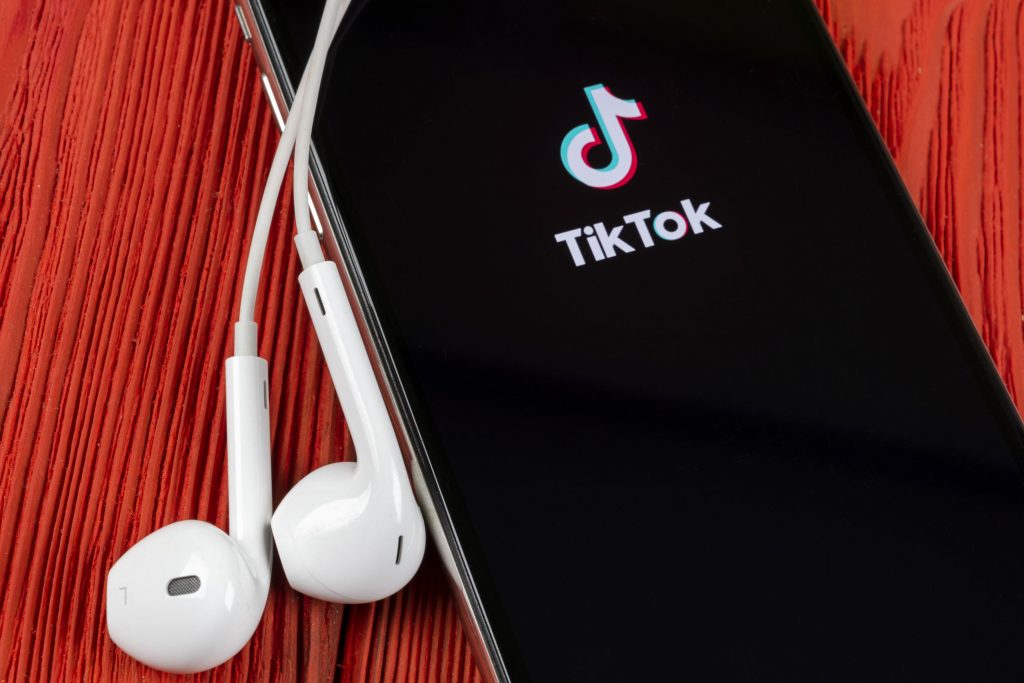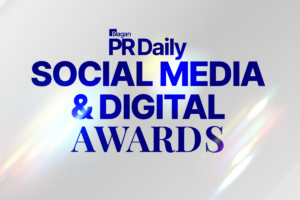Using TikTok in your content strategy and proving ROI
The short video social media app has become extremely popular, and brands are looking to capture some of the audience that is flocking to the format.

Brands began experimenting with TikTok in 2019 to connect with Gen Zers and millennial consumers who are less likely to respond to Facebook posts, YouTube videos and other platforms that have become essential elements of communication between companies and consumers.
Yet even two years later, brand marketers face a challenge in determining whether their TikTok strategy is moving the needle in attracting shoppers in these crucial demographics
Take Chipotle’s #GuacDance, a challenge crafted for National Avocado Day that grossed over 1 billion views and quickly became the highest performing branded challenge to date. Chipotle closed out Q4 2020 with $1.6 billion in revenue for the quarter, up 11.6% year over year—and TikTok might have been a factor, but it is impossible for the company to determine that with certainty or identify the precise role that its TikTok campaign played.
Another example is Walmart’s use of TikTok to drive its “Spotlight” internal employee influencer program, designed to turn Walmart workers into small-scale influencers. Their challenges #DealDropDance and #SavingShuffle generated roughly 6 billion views collectively. Walmart saw increased net sales in Q4 2020—up from the previous seven quarters—but again had no way to connect that success to TikTok, or determine whether that included an increase in Gen Z and millennial shoppers.
The problem? Social media measurement platforms have not yet begun to evaluate TikTok’s impact on brand awareness or even brand sentiment, leaving content teams essentially flying blind when it comes to deciding whether to expand, adjust or drop their TikTok initiatives.
Until social media measurement platforms catch up, there are several yardsticks you can use to gauge whether your TikTok campaigns are working.
1. Look for signs of engagement. Likes, views and followers aren’t enough to hang your hat on. As with Instagram, engagement is the litmus test. Comments demonstrate more engagement than a “view” or “like,” indicating a user’s added interest and intent along with a stronger brand sentiment and perception. Shares using brand-centric hashtags, TikTok challenges, or sponsored content on the app demonstrate the success of a campaign or larger strategy. These benchmarks provide insight into whether your content is meeting its objectives.
You might also try gathering resumes via TikTok.
2. Track traffic coming to your website directly from TikTok. Content intelligence platforms can show all referral sources to your website, including direct click throughs from the TikTok app. The most advanced platforms can also drill down to granular details such as how many TikToks users watched, how long they spent on each video, viewer ages and genders, relative positive or negative response, and conversions such as signing up for a newsletter or purchasing a product.
3. Compare your TikTok performance to other content. You can track your entire content strategy, centralizing all your content marketing data into one real-time dashboard that makes it possible to compare the performance of different content sources. If your Facebook or Twitter views, sentiments or conversions are better than those on TikTok, for example, you’ll know that your content marketing dollars should be redirected accordingly.
Clearly, TikTok has the potential to be a potent part of brands’ content mix. According to one recent study, 61% of average TikTok users feel that advertising on TikTok is unique, and 43% of heavy users believe that advertising or branded content on TikTok blends into regular organic content. Respondents also indicated that brands’ TikTok content is more authentic, fun and honest than other channels, leading to more positive brand sentiment.
But you can’t know whether your TikTok initiatives are building your audience, improving consumer attitudes or otherwise bolstering your brand unless you put them to the measurement test.
You should, of course, be doing that with all of your content channels. Yet, studies indicate that 57% of companies have no idea if their content is effective, in part because they don’t have the tools to provide the necessary quantitative and qualitative analysis.
Given that digital content is becoming a driving force in purchase decisions, however, it’s time to put the performance of every website, microsite, blog post, business email, YouTube video, social channel and paid digital placement under the microscope. That’s the only way to determine whether you’re investment in digital marketing is paying off.
Whether it’s TikTok or any other platform, these insights can help you optimize your content marketing strategy and also prove the value of your content efforts to the people who hold the purse strings.
Aron Tzimas is the chief creative officer for Knotch.






